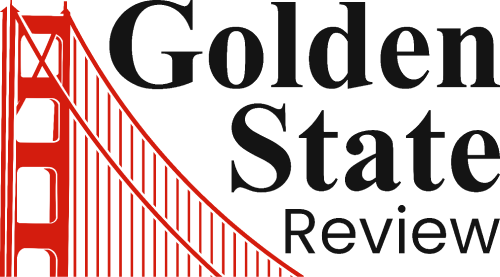Intel has reportedly opened talks with Taiwan Semiconductor Manufacturing Company (TSMC) to explore a strategic partnership or investment deal, part of a broader push to restore its technological edge and regain competitive footing in the semiconductor industry. The move follows a wave of capital support and mounting pressure for Intel to modernize its foundry capabilities amid lagging performance.
The discussions are said to include the possibility of TSMC taking a stake in Intel’s foundry business. This would allow Intel to share some of the heavy financial burden that comes with building and operating next-generation chip fabrication plants, while also tapping into TSMC’s deep expertise in advanced process technologies. Intel has long challenged competitors like TSMC in the race to stay at the forefront of semiconductor manufacturing, but recent years have exposed cracks in its ability to keep pace with rapid industry evolution.
Read Also: https://goldenstatereview.com/jetblue-and-united-airlines-launch-blue-sky-partnership/
Intel’s urgency to reset its trajectory is underscored by several recent financial infusions. Notably, Nvidia committed $5 billion to acquire roughly a 4 percent stake in the company, a signal that high-profile firms are betting on Intel’s turnaround. At the same time, the U.S. government recently acquired a 10 percent stake in Intel, reinforcing Washington’s intention to support domestic chip capability growth. Prior to those, SoftBank reportedly contributed a $2 billion capital injection. These moves suggest that Intel is actively seeking external anchors to help stabilize its operations and fund its ambitious recovery plans.
A joint venture with TSMC is not new territory. Earlier in 2025, reports surfaced that Intel and TSMC had discussed forming a joint-venture in which TSMC would assume a 20 percent stake in the combined entity overseeing Intel’s fabrication assets. The new set of talks appears to build on that earlier foundation, although the arrangements remain preliminary. If finalized, the agreement would represent a bold blending of two major players’ resources and ambitions. However, neither Intel nor TSMC have publicly confirmed the ongoing negotiations.
Such a partnership could bring several tangible benefits to Intel. First, it could ease the capital strain of cutting-edge fabs, which often require investments of tens of billions of dollars. Second, by aligning operations with TSMC’s process know-how, Intel could more rapidly close the gap in advanced nodes—critical for retaining and winning client business in fields like AI, high-performance computing, and datacenter chips. Third, TSMC involvement may help reassure external customers about Intel’s foundry credibility, making it easier to attract external chip design firms to use Intel’s fabrication services.
Yet the path forward is fraught with technical, strategic, and geopolitical challenges. One major hurdle lies in the fact that Intel and TSMC currently operate with different process architectures, equipment standards, chemical formulations, and tooling approaches. Merging or aligning these disparate systems would require painstaking adjustments and intense coordination. Beyond that, both companies will need to safeguard proprietary technologies and trade secrets, complicating every stage of integration.
On a structural level, there is also tension over ownership and control. U.S. political stakeholders are closely watching the deal—they are unlikely to support arrangements in which Intel’s core foundry business becomes overly dictated by a foreign entity. As a result, any deal would probably cap TSMC’s share below 50 percent, preserving U.S. majority control, while still granting TSMC significant operational influence.
The broader semiconductor policy landscape adds another dimension. Government incentives and regulatory scrutiny are now central to large-scale chip investments. Intel’s bid to partner with TSMC will unfold within a patchwork of subsidy programs, export controls, and national security concerns. The U.S. government, having recently stakes in Intel, may exercise oversight or influence over how such a partnership develops.
This proposed pivot toward collaboration marks a departure from Intel’s historically self-reliant posture. Rather than attempting to outrun TSMC alone, Intel appears to be recognizing that strategic alliances may be essential to remain viable. The new model suggests a more alliance-oriented future for chip leadership, where scale and specialization combine across firms.
If the talks succeed, the implications could ripple across the industry. Intel could leverage improved tech to reclaim lost ground, TSMC would gain greater influence inside the U.S. semiconductor ecosystem, and global competition in manufacturing could intensify. But if negotiations collapse or implementation stumbles, Intel risks further stagnation at a moment when the pace of innovation shows no signs of slowing.



